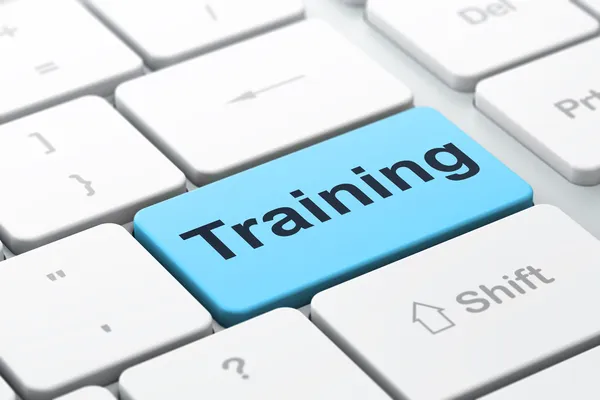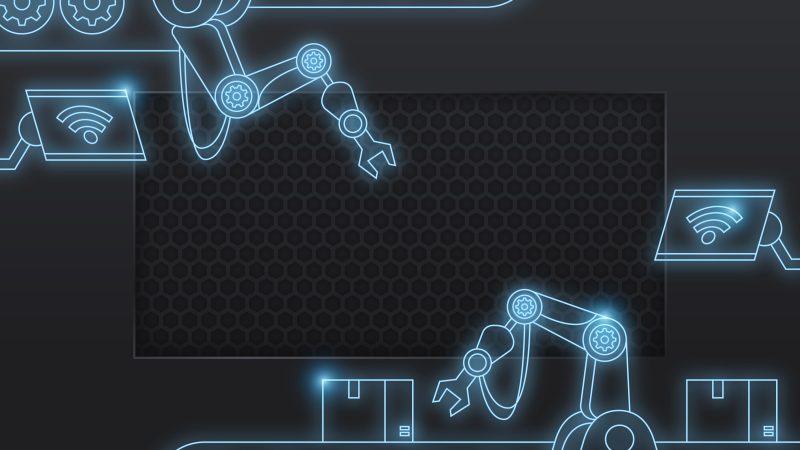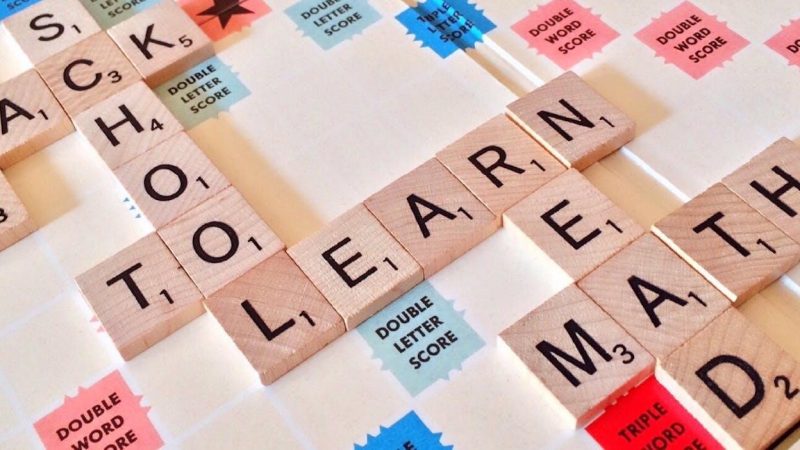Creating Online Training Courses With the Latest VR and AR Technologies

Today, few would doubt the power of virtual reality (VR) and augmented reality (AR) technologies. Indeed, online courses are already being reshaped by the potential on offer from AR and VR. Both systems present unparalleled opportunities for educators to enhance online training course, HR training courses, for example.
In a nutshell, AR and VR offer the chance to provide learners with realistic, interactive simulations. What’s more, they can go far beyond the limitations of technology-based learning methods, such as e-learning modules, for example. Now used in a host of different settings, from corporate onboarding to interview training, AR and VR technologies are revolutionizing the way people engage with digital learning.
Read on to find out more about what makes AR and VR distinct from one another, how they can be used together, and the sort of practical applications educators are already putting them to.
Using VR For Online Training
Because it provides a truly immersive environment, VR opens up new online training opportunities. Learners can perfect complex procedures without worrying about failures, for example, that can be explored in three dimensions making them much less theoretical. Furthermore, VR offers a controlled, virtual environment which can be tweaked by educators. They might do so to increase the level of challenge, for instance, without compromising on the simulated conditions of the task. This form of experiential learning undoubtedly engages learners more fully, providing a more hands-on approach to knowledge acquisition, albeit a virtual one.
Using AR For Online Training
The truth is that AR provides learners with a similar experience to VR. Under online learning conditions, the main difference is that the real world can be blended – quite seamlessly – with virtual elements. So, for example, whereas VR might be the preferred technology to simulate a surgical procedure because it would likely take place in an operating theater, AR is more likely to be used for training in real-world circumstances, such as how to react to hazards and problems that might be encountered on the street. VR, in other words, tends to provide more practical engagements among learners.
Combining VR and AR in Online Training Courses
Creating online training courses with AR and VR can provide a comprehensive learning experience for everyone. When courses are delivered online, learners will typically be remote and often at home. If so, they may only have access to one sort of technology. Educators who create online learning courses for people need to consider whether their content will be suited to AR users, VR users or, ideally, both.
Guidance When Creating Online Courses With AR and VR Tech
Creating any online course, whether or not virtual technologies are involved, will necessitate careful planning. That said, even more strategic execution needs to be considered in the virtual learning realm. Here are some guiding principles that online educators should be focused on.
Define Educational Goals
The first step is to define clear educational objectives from the course content. Learners typically want to know the overall scope and structure of the course, including how long it will last. Outline which capabilities of VR and AR will be utilized during the course, something that is especially important to newcomers with this sort of technology. Explain how virtual elements of the course will help to achieve the desired learning outcomes.
Make Your Training Interactive
Interactive learning is often the best part of any lesson. It is a cornerstone of VR and AR technologies so something you should leverage. Design course content that encourages active learner participation, including, for example, self-assessment. Offer an engaging and immersive learning experience that uses the stimulation capacities of AR and VR to best effect. Progress from the theoretical to the practical stage as soon as possible.
Offer Clarity Throughout
Given how advanced VR and AR technologies are today, it’s crucial to provide clear instructions. Users need to see what expectations are being made of them. For example, participants should have a comprehensive understanding of how many times they may attempt a procedure in the virtual realm without ‘failing’. Equally, they should be able to navigate and interact with the course content without needing to depart from the online learning experience.
Make Sure All Participants’ Accessibility Issues Are Catered To
Accessibility is, it should always be underlined, a fundamental consideration when designing online course content. This is true with AR and VR courses, too. Make sure that all learners have access to additional resources, for example, if they face any physical, sensory, or cognitive challenges that might hinder their use of virtual technologies.
Make Use of Real-World Examples in the Training
Integrating real-world examples can significantly enhance online courses, especially if, as would be the case with AR, a real-world scenario is being explored. The relevance and practical application of the course material should be immediately apparent. AR and VR learners don’t want to acquire skills and knowledge they cannot use outside of the virtual environment, after all.
Test and Evaluate Your Courses
Most educators know that testing and evaluating their courses is a recommended practice. Learner feedback is just as important with online virtual learning. Without such metrics, you cannot be sure your learners are meeting the defined educational objectives, nor can you compare your AR and VR courses to conventional ones. Your results should be used to refine and update your course material.
How to Apply AR and VR Tech in Training
There are numerous applications of AR and VR technologies in online training today. Here are some examples.
Simulations and Remote Learning
VR simulations offer an environment for learners to hone their skills in a risk-free manner, such as airline pilot training, for example. Meanwhile, AR can significantly enhance remote learning by using digital content blended into the learner’s physical environment to provide new and challenging scenarios.
Onboarding, Skills Acquisition, and Shadowing
Corporate training is being transformed by AR and VR technologies. Numerous large companies now use it for onboarding without the need to tie up other members of staff. VR, in particular, facilitates high-quality shadowing experiences, allowing employees to virtually observe experienced colleagues in action. Meanwhile, AR can be useful for acquiring skills in the field, such as training on a building site, for instance.
Conclusion
Although VR and AR technologies are sometimes only thought about in the fields of entertainment and gaming, they also offer a game-changing opportunity in the world of online education. By offering their learners immersive, interactive, and realistic training experiences, educators can provide more compelling experiences.
As course creators (HR consultancy firms for example) consider the future of online education, more and more thought will necessarily have to be given to both AR and VR learning. Educators who don’t will inevitably be left behind as such technologies start to become the norm. Far from being a fad that will soon pass, virtual learning needs to be taken seriously. Educators should consider the applications it is already being used for and ensure that their usual best practices are being followed when they tailor their course content to make the most of what it has to offer.






